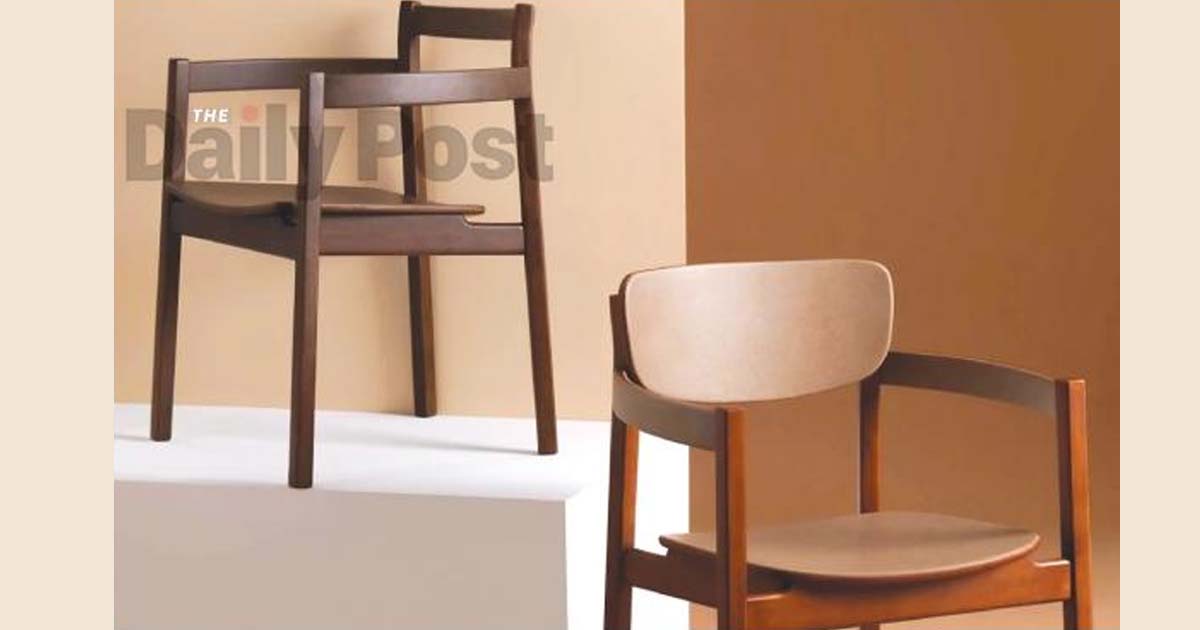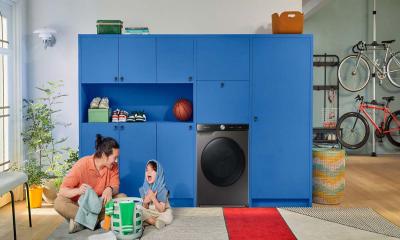In everything, if it is not sustainable now, it is not going on. The use of sustainable technology in the furniture industry is seen in various parts of the world. But this time a strange material was found. Used coffee powder includes these materials. Chairs are also made by mixing coffee and wood powder.
Researcher and entrepreneur Celine Sandberg has developed techniques to use seaweed for furniture. Celine Sandberg has had success using everything from crushed oyster shells to agricultural waste to make furniture pieces. She has experimented with the use of generally worthless objects as furniture components. She is working to reduce the use of a plastic polymer known as polyurethane in the manufacture of furniture. This scientist is looking for eco-friendly materials to make pillows, sofas, and chair cushions. In Norway, she launched a venture called Agropin, based in Oslo. She also conducted various experiments using oyster shells. They have succeeded in making cushion foam with shell powder. Apart from this, they are experimenting with alternative ways of making furniture with agricultural waste and wood fiber.
We experimented with different materials, said Celine Sandberg. In most cases, we have made rigid foam. We found the work of making flexible foam quite difficult. Finally, we came up with a new way to convert seaweed into powder. We produce foam by making foam blocks in a special oven. This foam is soft enough to be used as any chair cushion. This foam is 100% biodegradable. If you leave this foam on the ground, it will naturally degrade within eight months.
Polyurethane is commonly used in cushion foam. It contains polyester. Again vinyl blends are used all over the world in leather furniture. Christian Euler, assistant professor of chemical engineering at the University of Waterloo in Ontario, Canada, said there are many reasons why plastics are common. Plastics work very well, plastics are generally highly flexible. It can be made as soft or hard as desired. The chemical components of plastics come from by-products of oil refining. So it is quite cheap to make. Although cheap, using plastic furniture has environmental downsides.
According to the United States Environmental Protection Agency, 12 million tons of furniture were discarded in 2018. In 2000, 8 million tons of furniture was thrown away. In 2018, about 80 percent of discarded furniture ended up in landfill. It will take hundreds of years for the plastic parts of this furniture to be destroyed. Polyurethane foam rubber is responsible for 10.5 million tonnes of carbon dioxide emissions every year.
For these reasons, many organizations are looking for alternative materials. Danish design company Metar has created a special type of chair. This chair is made from a mixture of discarded coffee and wood powder. The outer part of this chair is made from waste dumped in the sea. Ketil Ardal, the company's chief executive, said, We love the combination of innovation and creativity. Now a lot of money has to be spent on making durable furniture.
In addition to seaweed and used coffee, efforts are underway to replace plastic with a special type of fungus. Bionite is made from mycelium, the root-like and branching structure of fungi. It is a new type of textile. The textile product was developed by researchers at Newcastle upon Tyne's Hub for Biotechnology in the Built Environment, UK. Jane Scott, head of the institute, said the mycelium is being collected by growing fungi in a dark and humid environment. Designers have already made lampshades with Bionit. There are many benefits of using this material. Being organic, it decomposes. No glue is required.
With sustainability in mind, major furniture manufacturers are turning to eco-friendly options. Dutch furniture maker Ikea plans to use renewable and recycled materials by 2030.
ARS









